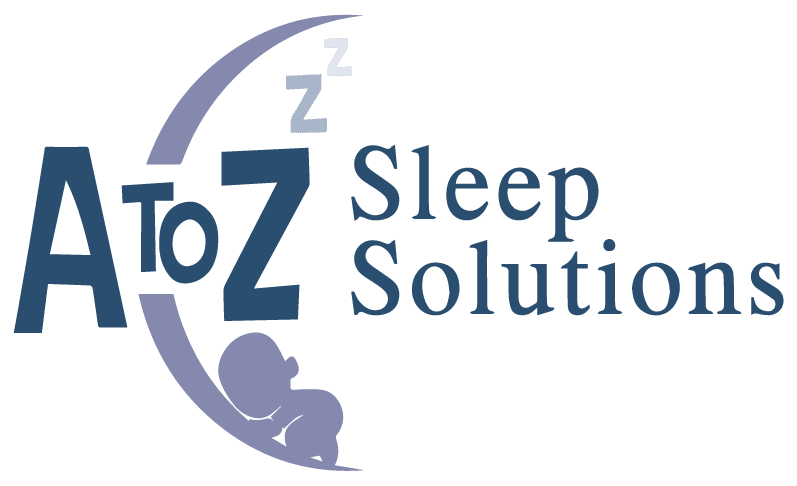What is the “Four Month Sleep Regression” and how to gain sanity when you’re in the middle of it?
By Lydia Bighouse, A to Z Sleep Solutions, Wenatchee, Washington

Are you drinking copious amounts of caffeine (or wishing you did if you aren’t a caffeine-addict)? Are you wearing makeup that you applied three days ago (of course, you did a touch up on it this morning so it wouldn’t be as noticeable)? Is your mouth dry from saying, “Shhh” one thousand and four times? Are your right arm’s muscles starting to look larger than the other arm because you rocked the baby’s bassinet with your right arm all night? About a month ago, did you tell your family and friends that you were so lucky to have a baby that slept so well? But, now if someone asks if your baby is a good sleeper, you say, “Oh, four-month-old babies sleep?!” If you answered yes to the above questions, you might be in the throws of the four-month sleep regression, or as we like to call it, the four-month sleep progression.
Developmental Leap
The four-month sleep progression is due to a developmental leap babies go through. Even though it feels like your baby has forgotten their wonderful sleep habits and has regressed, your baby’s sleep cycles are actually maturing. This usually happens when babies are about four to six months old. Before this sleep progression, your baby could probably sleep anywhere while listening to anything. After the sleep progression, however, a baby that used to wake up every 4-6 hours at night, may wake up every 90-120 minutes. Babies going through this progression have more distinct light sleep phases in their sleep cycles, while before they had mostly deep sleep phases. When they move into that lighter phase, they may wake up wanting you to settle them to sleep again if they aren’t able to self-settle yet…or…as soon as you think you have them asleep in your arms and you lay them down, they wake up from their light sleep phase, needing you to settle them again. This can become a rough cycle on parents and babies because neither is getting the sleep they crave and need.
Now that you know what the four-month sleep progression is and why it occurs, it’s time to learn how to manage it! The goal: support your baby in learning to self-settle. You want your baby to have the skills to settle on their own when they reach a light sleep phase instead of your baby waking you for help. For a baby to be able to reach that goal of self-settling, a positive sleep environment, and good daily routines must be in place.
Sleep Environment:
- Baby’s room is very dark (you shouldn’t be able to read a book) so that melatonin, the sleep hormone, can be released.
- The room is very dull (no toys sitting just out of reach).
- Your Little One’s room has white noise playing continuously while the baby is falling asleep and still once they are asleep. This way, when your baby reaches a light sleep phase, they will hear the familiar white noise of when they first fell asleep. White noise can also help drown out any noises that may wake a baby.
Daily Routines:
- Baby has appropriate awake times throughout the day for their age. The maximum awake time for a four-month-old is two hours.
- Your baby has appropriate nap times and nap lengths throughout the day for their age.
- Making sure your little one is getting enough calories during the day and gaining a good amount of weight.
- Parents are consistent with a bedtime routine. This can be teeth brushing, putting on a sleep sack (keeps baby warm and is a good hint for the baby that sleep is what she is supposed to do next!), reading some books, snuggling, and finally, baby going into their bed awake but drowsy.
If you are searching for more information about the four-month sleep regression please reach out to us here at A to Z Sleep Solutions and we would love to offer you a free 15-minute consultation to see which sleep package fits your family best.


Recent Comments